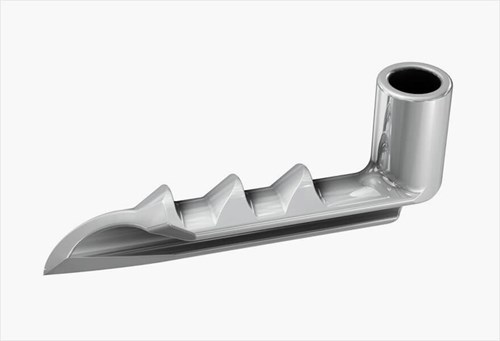When deciding on a treatment option, your physician at the Kaufman Eye Institute will take into account the unique aspects of your individual case, including severity of the disease, response to medication and other health issues.
Eye Drops
The most common treatment for glaucoma are eye drops. There are a number of different categories of eye drops, but all are used to either decrease the amount of fluid produced in the eye or improve its outward flow. Sometimes doctors will prescribe a combination of eye drops. People using these medications should be aware of their purpose and potential side effects. Our physicians will decide which medications are best suited for each patient based on the individual case of glaucoma, medical history, and current medication regimen. Patients who are on glaucoma eye drops should be familiar with their side effects. To learn more about the various kinds of glaucoma eye drops that are available, please visit the glaucoma eye drops overview web page.
Laser Surgery
Selective Laser Trabeculoplasty (SLT) is often used to treat open-angle glaucoma. In SLT, a high-energy laser is aimed at the trabecular meshwork to open areas in these clogged canals. These openings allow fluid to bypass drainage canals and flow out of the eye easier.
The LiGHT (Laser in Glaucoma and Ocular Hypertension) study compared the SLT laser to glaucoma drops. The study showed that the laser and the drops were equally effective. But patients who had the SLT laser had a better quality of life and it was more cost effective for the patient. The SLT can be repeated multiple times. On average it lasts around 2-3 years but it can last up to 5 years.
Laser peripheral iridotomy (LPI) is frequently used to treat closed-angle glaucoma and narrow angles, in which the angle between the iris and the cornea is too small and blocks fluid out flow of the eye. In LPI, a laser creates a small hole in the iris to allow fluid drainage. LPI is the preferred method for managing a wide variety of different types of angle-closure glaucoma that have some degree of pupillary blockage. This laser is most often used to treat an anatomically narrow angles and prevent angle-closure glaucoma attacks.
iStent Glaucoma Implant

The iStent is a revolutionary medical device that is implanted during cataract surgery to lower your eye pressure. It is the smallest known medical implant. The iStent works like a small pipe to increase the natural flow of fluid from the front part of the eye through the eye’s natural drainage ducts. The iStent is safe and is covered by most insurance plans.
Glaucoma Filtration Surgery (Trabeculectomy)
When is a trabeculectomy surgery indicated?
Trabeculectomy is generally recommended for patients with glaucoma that continues to progress despite use of medications and/or laser treatments. Sometimes this surgery can be combined with cataract surgery.
What is done during trabeculectomy surgery?
A new drainage site is created to facilitate drainage of fluid FROM the eye. Instead of draining INTO the normal drainage site of the eye (the trabecular meshwork), the fluid is drained INTO a new space (a "bleb") that is completely covered by the white outer covering (the conjuctiva) of the eye. This will lower the eye pressure. Since the surgery is usually performed near the top of the eye, the area of surgery can not be seen afterwards because it is behind the upper eyelid.
Will my glaucoma be cured with trabeculectomy surgery?
No. Any vision that is already lost prior to the surgery, in general, will not return. Trabeculectomy surgery only lowers your eye pressure. By lowering the eye pressure, the goal is to either stop or slow down you loss of vision. Sometimes this goal is not possible.
Currently, laser surgery is the most frequently used procedure to treat glaucoma. It normally lowers eye pressure, but the length of time that pressure remains low depends on many factors, including age of the patient, the type of glaucoma and other medical conditions that may be present. In many cases, continued medication is necessary, but potentially in lower amounts.


